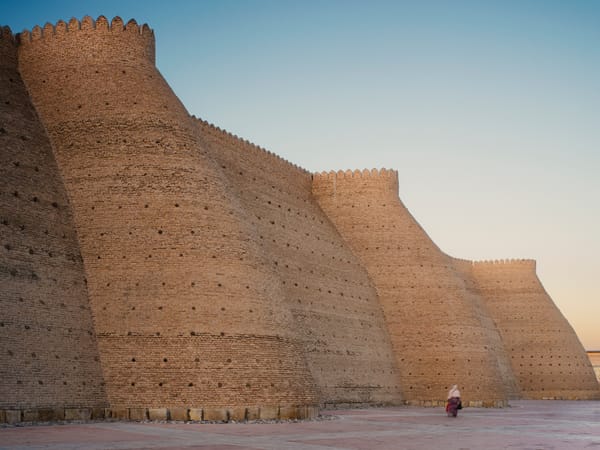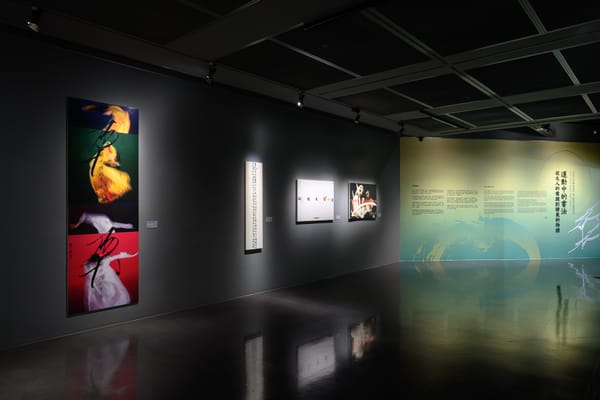Shows
Minouk Lim’s “Liquide Commune, Part I”


In Minouk Lim’s first solo exhibition at a major commercial gallery in Korea, the 43-year-old Seoul-based artist presented a body of work in two parts. Part I featured a suite of recent videos that offer glimpses into the lives of urban dwellers and the spaces they inhabit. The videos capture performative events in public areas that have been orchestrated by Lim, though they appear completely spontaneous: a live music performance at La Tabacalera, a former cigarette factory in Madrid, or a young man’s lone perambulation through the old and newer areas of Seoul. The artist is director and choreographer, encouraging the viewer to meditate on city life while exploring spaces that are either bustling with activity or abandoned and no longer in use.
The strongest work on view, S.O.S. – Adoptive Dissensus (2009), was a video documentation of a site-specific light and sound performance that provides a tour of Seoul by night, meandering among public sites and happening upon ordinary citizens. Long, slow-moving shots from a boat’s perspective indicate that the viewer is a passenger on an evening tourist cruise along the Han River. On its voyage the ferry drifts past Nodeul Island, an unfinished bridge and a dock, where it encounters a series of apparently spontaneous and unrelated events that have actually been staged by the artist. These moments of activity, which provide a view into the lives of city inhabitants, are partially elucidated through subtitled text. We discover that a solitary man is a former prisoner of conscience; a group of people carrying mirrors seems to be marching in peaceful protest; a young couple is deliriously declaring affection for each other at a park that will be replaced by an opera house. Weaving among these people’s lives, the ferry does not bear silent witness. We, the passengers, become involved and implicated in what we see, and are held captive as the ferry traverses an environment undergoing rapid modernization. The ferry’s unseen captain narrates the video with his thoughts on truth, memory and how to restore humanity. Through the captain’s descriptions of various landmarks, which forgo typical tourist material, Lim delves into some of the darker moments in Korean history, as well as the country’s current explosive growth.
Lim’s practice is deeply concerned with a sense of place and the politics that accompany particular situations. The subject of Fire Cliff 1_Madrid (2010) is La Tabacalera, today a vibrant cultural space in the heart of Madrid that for many years was a functioning tobacco factory and the focal point of an important 19th-century struggle for labor rights. The video documents an installation and sound performance that took place there in 2010, in which live performers rapped lyrics, written by Lim, in a pitch-dark space. The video was filmed entirely by an infrared camera, which forms thermal images in the absence of light. This visual depiction of temperature through color indicates that, as Lim says, “something with warmth is something with life.” The performers in Fire Cliff 1 are represented as brightly color-saturated versions of themselves, galvanizing a space of activism again. The performance memorializes the vibrancy of resistance and collective aspiration that once took place in the site.
Though they are staged performances, Lim’s events contain little fiction. La Tabacalera contains within its walls traces of its previous incarnation, and S.O.S. re-imagines the ferry captain, an actual person Lim once encountered, as narrator on
a sailing tour of Seoul. As architect, Lim does not aim to entertain through spectacle but instead summons, as if by incantation, the essence of the past by activating the viewer’s senses through sound, color and movement. Lim breathes life back into the forgotten, affirming its rightful place in our collective memory. The work acts as a monument, safeguarding us from forgetting that which has been rendered useless in the present—such as an old, open-air market or a historical method of protest. Lim laments not change itself but the dizzying pace at which change occurs, asking us not to alter our behavior but simply to remember the past.







